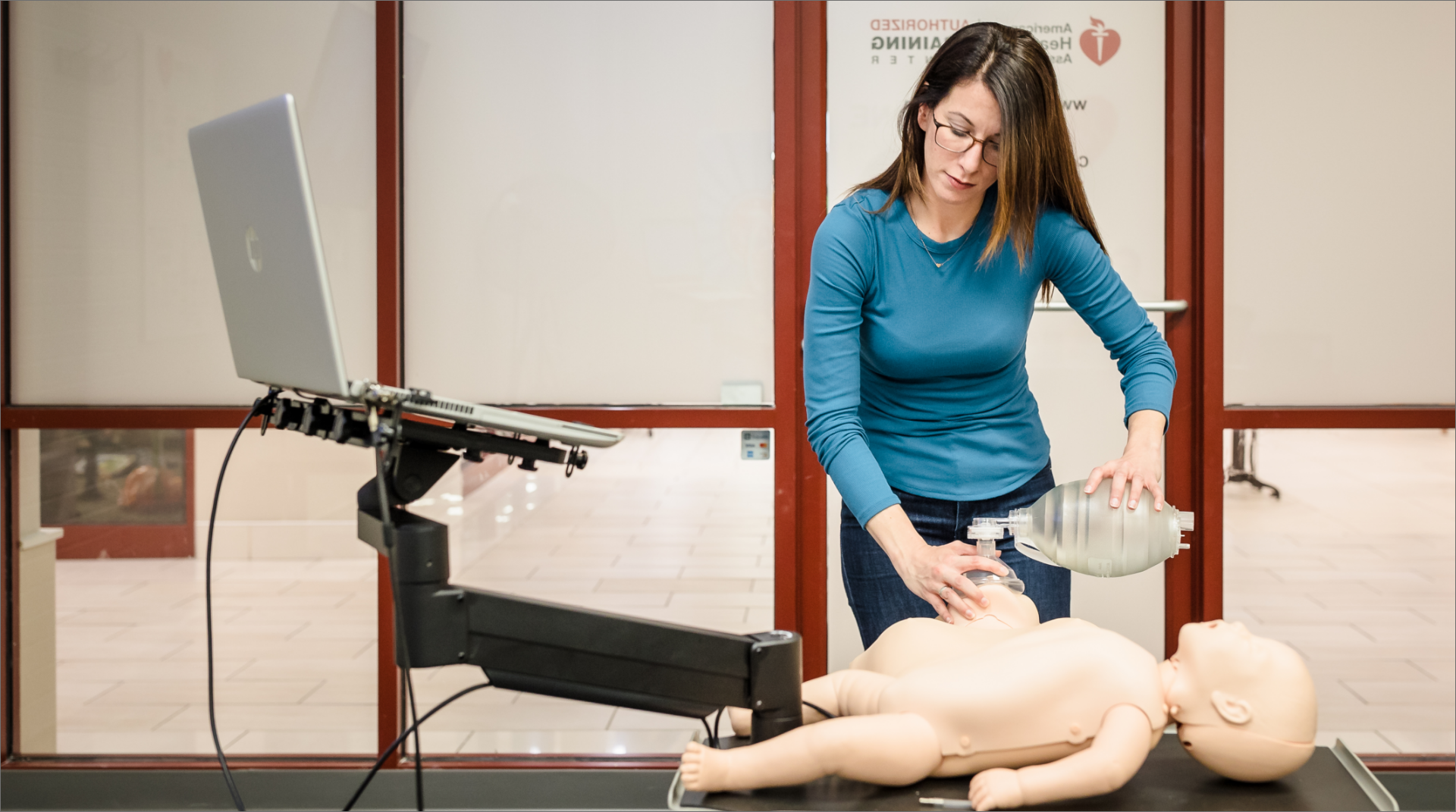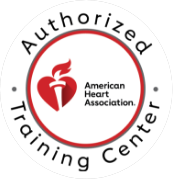

CPR Resource Center
The most comprehensive library of emergency training resources — including videos, articles, downloads, and more.


The most comprehensive library of emergency training resources — including videos, articles, downloads, and more.
Cardiopulmonary Resuscitation (CPR) is a critical skill that is required for lifeguard certification. CPR is taught in both Heartsaver (HS) and Basic Life Support (BLS) classes and includes adult, child, and infant CPR and AED use. The Heartsaver course also has an optional First Aid course.
While there is no specific answer as to which CPR certification is required, each state may have its own minimum requirements for what is covered in the CPR class.
“Under the corresponding regulations, CPR certification must include at least the following: (1) methods for clearing the obstructed airway, (2) one rescuer CPR, (3) two rescuer adult CPR, and (4) infant and small child CPR (DPH Regs. § 19a-113-1).”
The two rescuer adult CPR is taught in the BLS course, not Heartsaver, as are skills such as using a bag valve mask.
Heartsaver also has First Aid (FA) certification that can be taken with or without the CPR (HS or BLS). The First Aid course covers a variety of topics including medical, injury, and environmental emergencies. While much of this is covered in lifeguard training, it may not be all inclusive. The Red Cross is the most common Lifeguard certification course. According to their website, the topics covered are as follows:
Again, while the Heartsaver First Aid course covers a wide range of emergencies, it alone will not suffice for lifeguard certification. Check with your state to see if they require a specific First Aid Certification. As mentioned before, the First Aid course can be taken as part of the Heartsaver course, or can be added on to the BLS Provider course. Before enrolling in a course, be sure to check your specific state for guidelines. You can also reach out to any of our representatives to help choose the right course.
Help Me Find a Course